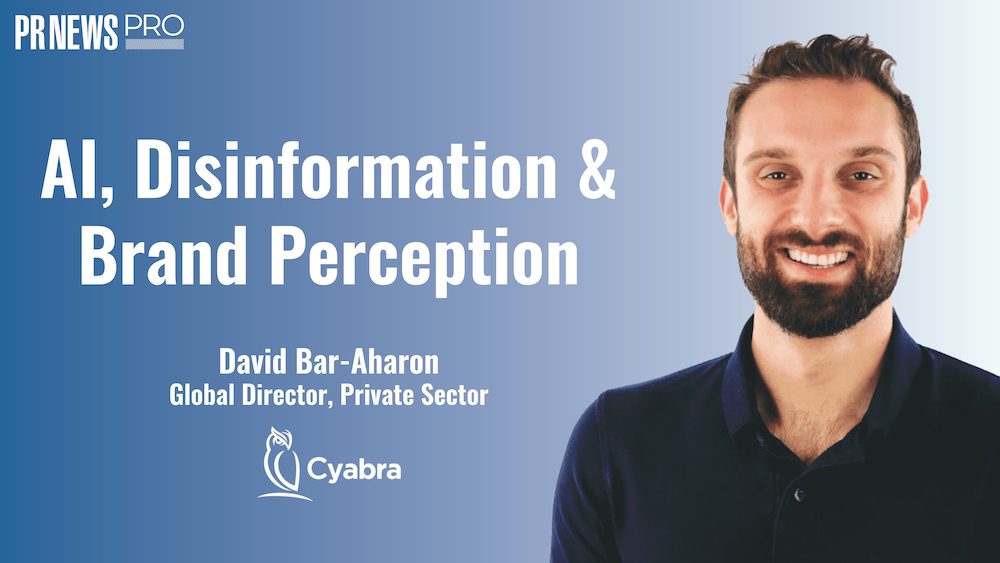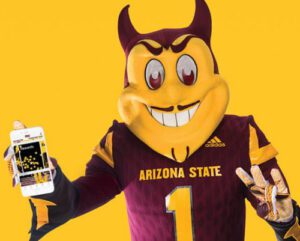
While most graduates only hear from their school when its fundraising time, Arizona State University is taking a different approach, focusing on keeping alumni engaged—rather than just diving for their checkbooks.
“People think [alumni marketing] is just because we want donations, but we want people to stay connected and hear about the amazing things that are happening here,” says Adam Pierno, associate VP, marketing strategy, Arizona State University. “A stronger brand means higher engagement, and more affinity. We’re giving alumni useful information, so maybe when they do get an ask, it seems less offensive.”
Arizona State is one of the largest schools in the country, with 110,000 students at last count, and 600,000 alumni. In the past, ASU—like many higher education institutions—had decentralized marketing functions. When Dr. Michael Crow took over as president five years ago, he made the decision that the school’s 100+ units should have a consistent brand voice. He hired CMO Dan Dillon, who put together an Enterprise Marketing Hub to serve as centralized marketing center for the university.
“It’s really, really unique for public higher education,” says Pierno. “If you think about most universities, its kind of every man for themselves, with each college doing their own marketing, things like academic publishing and new student recruitment. What we’re doing is much different.”
At ASU, marketing for different teams such as enrollment services, admissions recruiting and fundraising all operate as sister organizations through the hub. Pierno’s team works to improve brand affinity and brand strength with the school’s 600,000+ alumni. The goal is to create engagement and show them how the university is constantly changing, highlighting the fact that the better the school’s reputation is, the more their degree is worth.
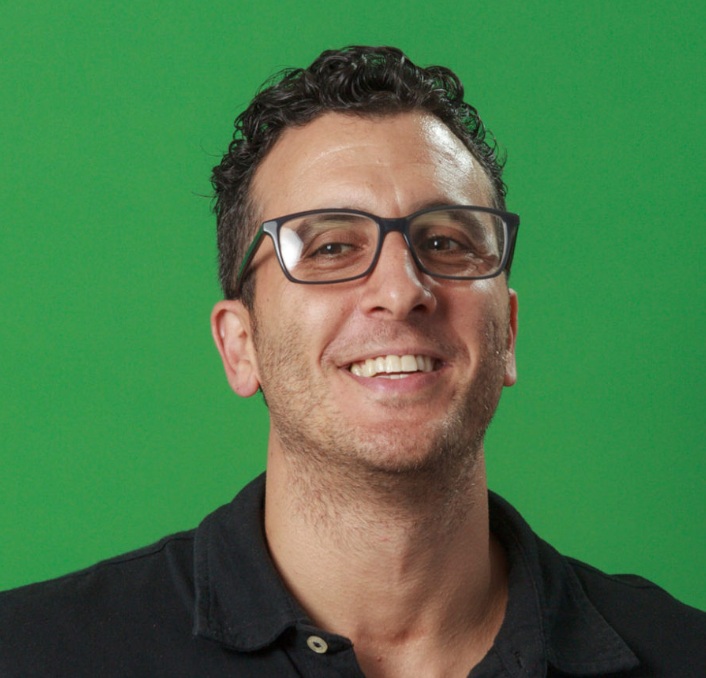 Want to hear more from ASU’s Adam Pierno about how to get customers to engage with your brand? Join us at LeadsCon’s Connect to Convert Sept. 25-27 at the Westin Boston Waterfront. See you there!
Want to hear more from ASU’s Adam Pierno about how to get customers to engage with your brand? Join us at LeadsCon’s Connect to Convert Sept. 25-27 at the Westin Boston Waterfront. See you there!
In the past, reputation was an issue for ASU, which was known as a party school. Today, news about the school is more likely to focus on educational programs, and honors such as ASU being named one of U.S. News and World Reports most innovative universities four years in a row.
The school uses both student and alumni data to help connect the dots and create content that is compelling. “The big challenge is taking data and making sense of it, to make sure segments get information that will trigger brand affinity,” he says. “Without context, [messages] lose meaning and stop being valuable.”
Arizona State uses a variety of channels to connect with alumni, students and prospects, including local TV, outdoor, social and email. The university also has multiple mobile apps, including one for students that offers useful tools such as class schedules and campus maps. As soon as they get their diploma, the app morphs into an alumni communications tool. Alumni also have access to a Sun Devil Rewards app—while the app is for anyone connected to the university, it is particularly targeted to graduates as a way to keep them connected.
More from the Connect to Convert Faculty:
- Renaming Helps Relation Insurance Refocus Brand
- Better B2B Email: 10 Quick Tips
- Q&A: Kinney on Guiding the Customer Journey
Through the Sun Devil Rewards app, alumni can view content and hear about upcoming events. “If they share those things, that’s great, but there is no part of Sun Devil Rewards that has a donation component. It’s all give and no take,” he says.
When they interact with content, they earn “Pitchfork” rewards, which can be redeemed for the chance to win one of a kind experiences, such the chance to visit and try out the university’s flight simulator, or an opportunity for your family to experiment with a 3-D printer in the maker lab.
Calculating return on investment can be tricky, as creating brand affinity with alumni isn’t exactly a cost center, but it isn’t exactly revenue building either, he notes. “We look at generating revenue through partnerships and media, but we’re very careful of not thinking ‘oh, we have this audience. How can we monetize this?’ We’re mindful not selling out our alumni.”
ASU uses proprietary models and brand strength indexing to gauge the success of creative after each campaign, to see how the school’s messaging is performing against five different alumni segments. Pierno’s team is in the process of creating personas based on these segments, which are created based on the alumni’s behaviors and interests when they were students. Those, of course, may likely have changed over the years. For example, someone might have been an avid follower of ASU sports while they were a student. Today, they might be the parent of a child obsessed with science, or they might be more receptive to messaging related to their profession.
Marketing campaigns for Arizona State typically start in late November and run through early May, when messaging becomes congratulatory for new grads. Summer has traditionally been a slow period, but that’s changing thanks to the 30,000 or so online students who take courses on a rolling basis (often without breaks) and don’t follow the typical semesters. The recent college bribery scandal has put a focus on fair access to education, so messaging for the fall may focus on ways ASU helps shepherd students and gives people opportunities to thrive.

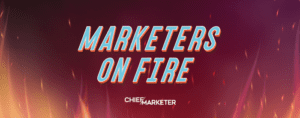
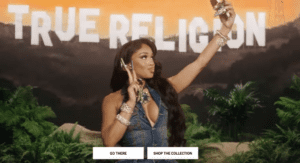
 Network
Network